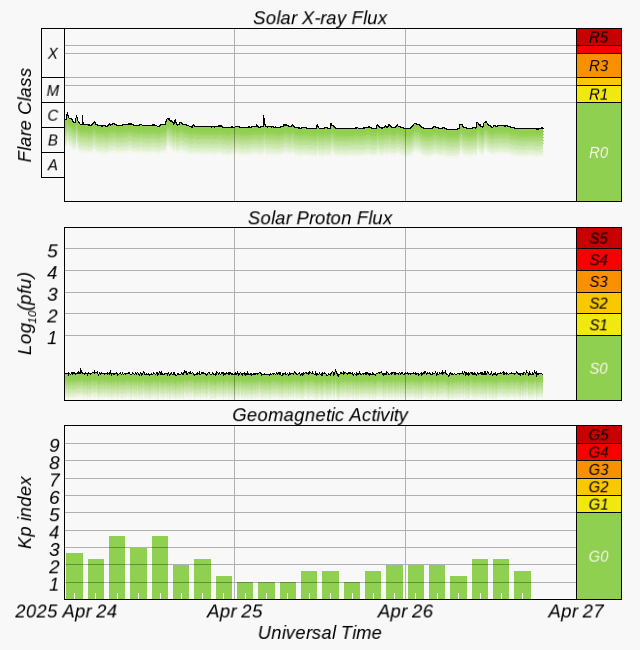
The author dismantles yet another half-baked attempt to link human-caused trace gases to cherry-picked weather events.
– – –
An article published by the Weather Channel tries to link climate change to a variety of environmental “disasters,” that struck around the world in 2020.
The article cites limited evidence for any link, says H. Sterling Burnett @ Climate Realism.
In reality, none of the asserted disasters are tied to supposed human-caused climate change.
In the Weather Channel article titled, “2020’s Worst Environmental Disasters, and How Climate Change Played a Role,” the author writes, “In a year of unprecedented disasters, much of the damage done to our planet in 2020 was self-inflicted.”
Historical records and data show none of the disasters discussed in the article are, in fact, unprecedented.
Among the environmental tribulations the Weather Channel discusses are oil spills, dams breaking, and wildfires.
Regarding oil spills, humans have indeed caused some oil spills, but these have occurred either through human error or poor equipment maintenance. Climate change plays no role in oil spills, regardless of the Weather Channel’s unsubstantiated speculation.
Regarding dam failures, floods from unexpectedly heavy rainfall can undoubtedly combine with poor maintenance or poor government decision-making to result in dams failing, but there is no scientific link to climate change.
As pointed out in Climate At A Glance: Floods, the U.N. Intergovernmental Panel on Climate Change (IPCC) acknowledges having “low confidence” in any climate change impact regarding the frequency or severity of floods. This includes “low confidence” in even the “sign” of any changes—meaning, it is just as likely that climate change is making floods less frequent and less severe.
In addition, a study on the climate impact on flooding for the USA and Europe, published in the Journal of Hydrology, Volume 552, September 2017, Pages 704-717, found: “The number of significant trends was about the number expected due to chance alone. Changes in the frequency of major floods are dominated by multidecadal variability.”
Regarding wildfires, the IPCC has found across the mid-latitudes (including the U.S.) there has been a modest but measurable increase in moisture, which mitigates wildfires.
The Weather Channel points to Australia’s tragic 2019-2020 wildfire season as proof of warming-induced wildfire expansion. The Weather Channel failed to note that before the 2019-2020 wildfire season, the continent had for nearly a decade experienced above-average rainfall.
At the same time, Australia’s government had decided not to manage its brush and trees, the fuel load for wildfires. These two factors combined to create tinder box conditions which exploded when Australia’s normal drought cycle reoccurred.
In California, the situation is much the same, with the article admitting, “Particularly in California … decisions on forest management and fire suppression, and expansion of homes and businesses into less-developed areas have combined to make the 2020 fire season one of the most destructive in recorded history.”
The Weather Channel blamed a “human caused global warming,” as well, but the best available data indicate no such link exists.
The article says, “[v]egetation left dry by climate change is fueling unprecedentedly large wildfires,” yet vegetation is not being left dry by climate change.
Full article here.












 By David Wojick, Ph.D. ~
By David Wojick, Ph.D. ~ The City of New York
The City of New York


 Recently released is the UN’s report, dramatically titled: “Human Cost of Disasters: An Overview of the Last 20 Years (2000-2019). This report stems from the United Nations Office for Disaster Risk Reduction (UNDRR) and its Centre for Research on the Epidemiology of Disasters (CRED).
Recently released is the UN’s report, dramatically titled: “Human Cost of Disasters: An Overview of the Last 20 Years (2000-2019). This report stems from the United Nations Office for Disaster Risk Reduction (UNDRR) and its Centre for Research on the Epidemiology of Disasters (CRED).


 By David Wojick, Ph.D. ~
By David Wojick, Ph.D. ~ Professor Berkhout’s approach is based on proven technology in geophysical imaging. He calls his method spectral ‘fingerprint detection (FPD)’, because it looks at the relationship between fine-grained details of the atmospheric CO2 increase and anthropogenic emissions over time by computing auto and cross correlation functions.
Professor Berkhout’s approach is based on proven technology in geophysical imaging. He calls his method spectral ‘fingerprint detection (FPD)’, because it looks at the relationship between fine-grained details of the atmospheric CO2 increase and anthropogenic emissions over time by computing auto and cross correlation functions.



